Apple's product design activity in the first half of 2007 drove the largest increase in semiconductor spending among the Top-10 electronics OEMs in the United States, according to iSuppli.
According to iSuppli's Regional Design Influence Tool (RDIT), Apple achieved the fastest growth of design influence of any company in the United States during the first half of 2007. The surge boosted the company's rank to No. 4 overall, trailing just Hewlett-Packard Co., Dell Inc. and Motorola.
"The design of electronic goods leads directly to equipment production, which in turn drives semiconductor purchasing," said Min-Sun Moon, analyst, OEM semiconductor spending and design influence for iSuppli. "Companies that engage in design of electronic equipment, such as PCs, mobile phones and televisions, also are responsible for specifying the use of particular chips in the products being developed. Thus, these companies have a major influence on global semiconductor spending patterns."
Specifically, Apple's design activity in the United States is reported to have spurred $3.8 billion worth of global semiconductor purchases in the first half of 2007, up 27 percent from $3 billion in 2006. The surge in influence is attributed mostly to the recent release of the company's iPhone handset.
iSuppli forecasts Apple will ship more than 4.5 million iPhones globally in 2007, 13.5 million units in 2008 and 21.1 million units in 2009. The firm also believes a second version of the iPhone will be released in the next 12 to 18 months.
"The initial iPhone model plus the new version or versions of the product will cause Apple's design influence among electronic equipment and semiconductor spending to continue to grow into the second half of the year as well as into 2008," the firm said.
The United States led the world in terms of design influence in the first half of 2007, accounting for 34.4 percent of the worldwide total. Japan came in second with 21.8 percent.
Beyond Apple, Hewlett-Packard, Dell and Motorola, iSuppli said other leading design influencers in the United States in the first half included Cisco Systems Inc., Kingston Technology Co. and IBM.
 Katie Marsal
Katie Marsal

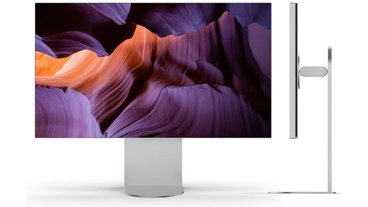
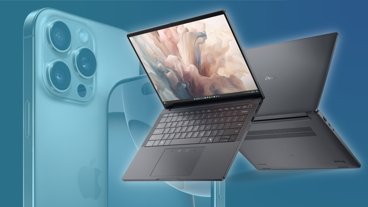
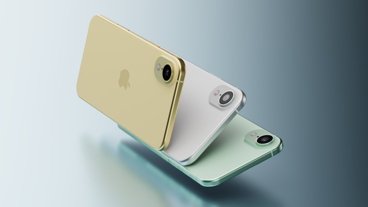
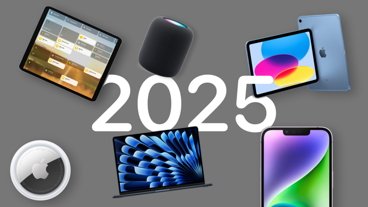
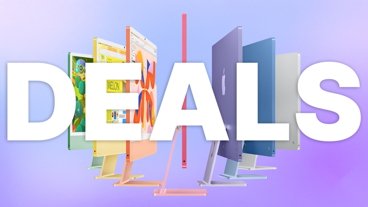
-m.jpg)






 Malcolm Owen
Malcolm Owen
 William Gallagher
William Gallagher
 Andrew Orr
Andrew Orr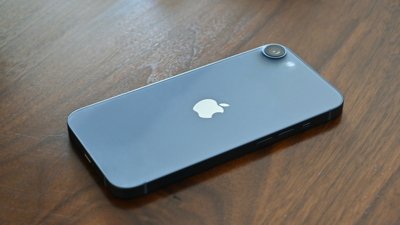
 Wesley Hilliard
Wesley Hilliard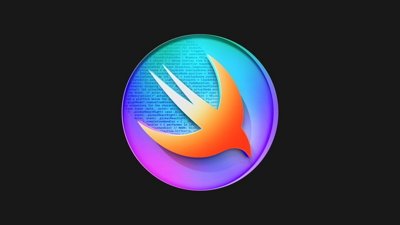

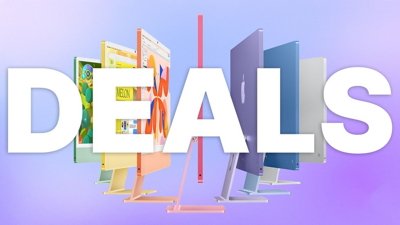
 Christine McKee
Christine McKee
 Andrew O'Hara
Andrew O'Hara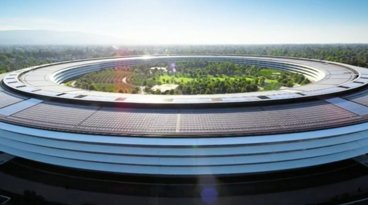

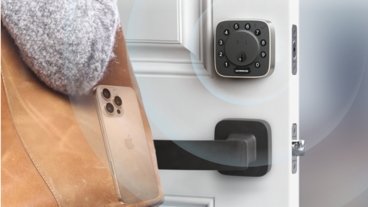







11 Comments
When you boil this down, what does it really mean?
Apple had some great designs that they knew would be popular with consumers, so they
bought up a lot of semiconductors, while other semiconductor-purchasing companies
continued to buy at the same rate they had previously, as they underestimated Apple's
coming impact in their industry?
Does this mean some other companies have extra product sitting around now,
and that they will purchase fewer semiconductors in the coming months?
Will the pendulum swing the other way, then? Surely not all Apple's semiconductors went
to totally new customers just entering the marketplace. Most of this increase has
to cause a decrease somewhere else.
Am I wrong?
Since when were Dell or HP computers design orientated when compared to Apple's? You could hardly call a Dell aesthetically pleasing when put next to an iMac! Or am I missing the point?
They are not talking about physical design. They are talking about semi conductor design.
They are not talking about physical design. They are talking about semi conductor design.
I disagree. They are talking about product design. Physical design of products like the
iPhone that consumers snap up, leading to semiconductor (raw material) purchases.
I disagree. They are talking about product design. Physical design of products like the
iPhone that consumers snap up, leading to semiconductor (raw material) purchases.
That's how I understood it too. Designs that increase the sales of semiconductors. Even if they were talking about semiconductor design, I believe Apple have had a bigger influence in that area too, asking Intel to include certain features to the Core range, bringing them more in line with PowerPC. Apple have had chips supplied exclusively to them for a while before other manufacturers have been allowed to use them too.